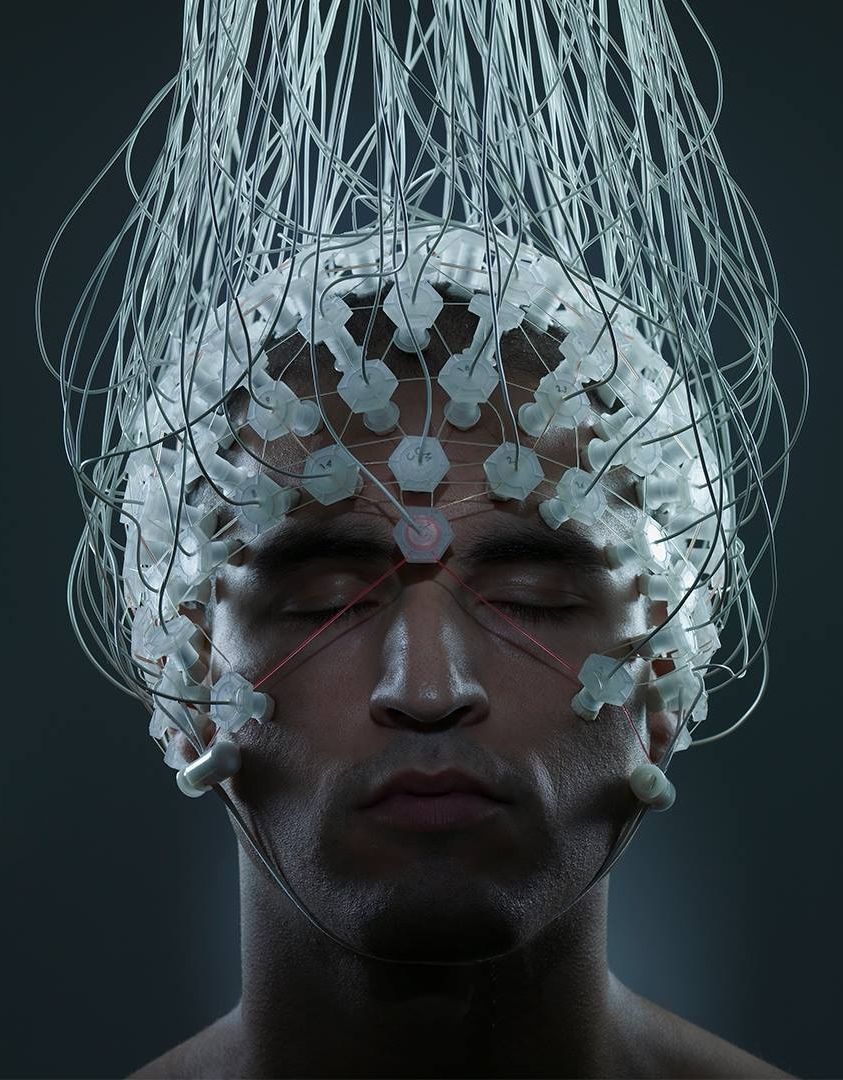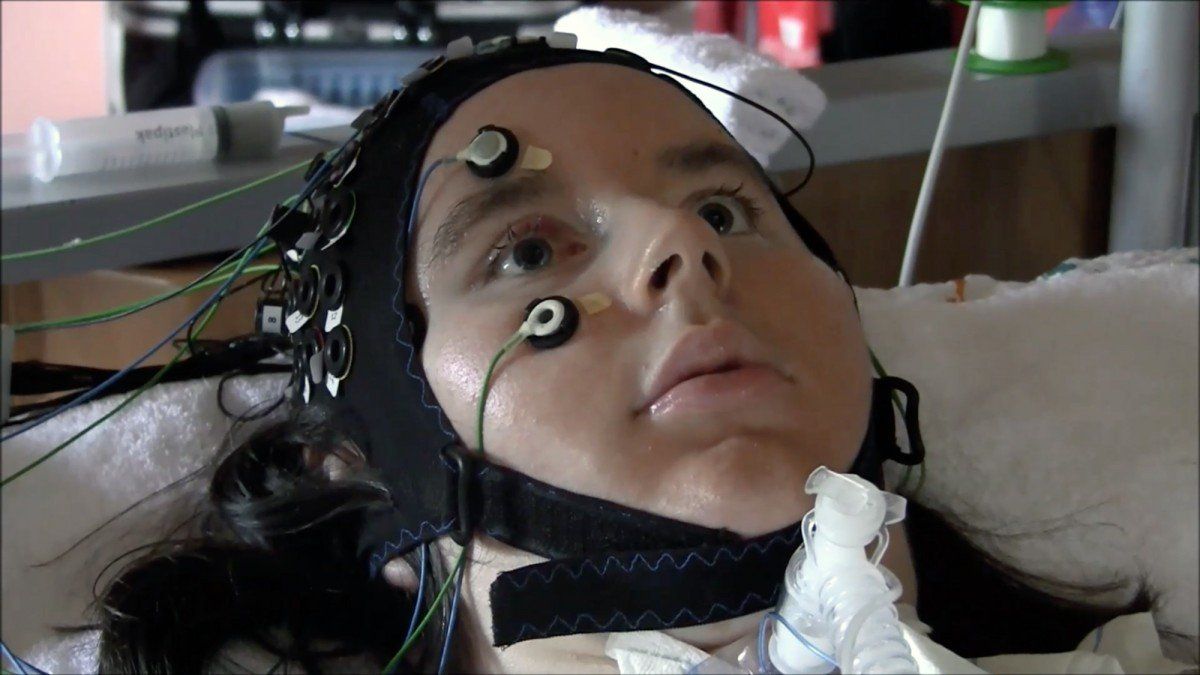Archive for the ‘computing’ category: Page 652
Dec 18, 2018
IonQ Quantum Computer Delivers More Processing Power Than Google’s
Posted by Genevieve Klien in categories: computing, quantum physics
IonQ, one of many companies developing a quantum computer, has announced a new trapped ion quantum computer with 79 processing qubits. The company claims this quantum computer should beat Google’s 72-qubit quantum computer, not just in terms of number of qubits, but also in total processing performance.
Dec 18, 2018
SpaceX and Blue Origin Just Scrubbed Near-Simultaneous Rocket Launches (Arianespace and ULA, Too!)
Posted by Genevieve Klien in categories: computing, military, satellites
With no less than FOUR rocket launches by four different companies, today promised to be an epic one for space fans. But by mid-morning, two of the most anticipated launches, by SpaceX and Blue Origin, were scrubbed by glitches, while weather forced another launch delay in South America.
SpaceX and Blue Origin kicked off the launch attempts today (Dec. 18). A SpaceX Falcon 9 rocket was set to launch GPS III SV01, the first of an advanced new navigation satellite system for the U.S. military. At first the mission, initially scheduled for 9:11 a.m. EST (1411 GMT), slipped a few minutes to 9:34 a.m. EST as SpaceX prepared for launch at its Cape Canaveral Air Force Station pad in Florida. But seven minutes before liftoff, the Falcon 9’s onboard computer triggered an abort, forcing SpaceX to stand down for the day.
“We did have an abort,” SpaceX Firmware Engineer Tom Praderio said during live commentary. “This abort was triggered by the onboard Falcon 9 flight computer. The unfortunate part is that it has pushed us past our launch window today.” SpaceX had a 26-minute window for the launch attempt. The company will try again Wednesday (Dec. 19), with liftoff set for 9:07 a.m. EST (1407 GMT).
Dec 18, 2018
Data storage using individual molecules
Posted by Klaus Baldauf in categories: computing, particle physics
Researchers from the University of Basel have reported a new method that allows the physical state of just a few atoms or molecules within a network to be controlled. It is based on the spontaneous self-organization of molecules into extensive networks with pores about one nanometer in size. In the journal Small, the physicists reported on their investigations, which could be of particular importance for the development of new storage devices.
Dec 18, 2018
The Yoda of Silicon Valley
Posted by Derick Lee in categories: computing, information science
Of course, all the algorithmic rigmarole is also causing real-world problems. Algorithms written by humans — tackling harder and harder problems, but producing code embedded with bugs and biases — are troubling enough. More worrisome, perhaps, are the algorithms that are not written by humans, algorithms written by the machine, as it learns.
Profiles in science.
Donald Knuth, master of algorithms, reflects on 50 years of his opus-in-progress, “The Art of Computer Programming.”
Dec 16, 2018
MIT Scientists Just Used a Biological Virus to Make Faster Computers
Posted by Shailesh Prasad in categories: biotech/medical, computing
When your computer stores data, it has to pause while the information moves from one piece of hardware to another.
But that may soon stop being the case, as scientists from MIT and the Singapore University of Technology and Design uncovered a new manufacturing trick that should let them build computers that don’t have those annoying delays.
The key is to sit back and let a virus — the biological kind — handle the assembly work.
Continue reading “MIT Scientists Just Used a Biological Virus to Make Faster Computers” »
Dec 16, 2018
A new type of quantum computer has smashed every record
Posted by Genevieve Klien in categories: business, computing, information science, quantum physics
IonQ was founded on a gamble that ‘trapped ion quantum’ computing could outperform the silicon-based quantum computers that Google and others are building. As of right now, it does. IonQ has constructed a quantum computer that can perform calculations on a 79-qubit array, beating the previous king Google’s efforts by 7 qubits.
Their error rates are also the best in the business, with their single-qubit error rate at 99.97% while the nearest competitors are around the 99.5 mark, and a two-qubit error rate of 99.3% when most competitors are beneath 95%. But how does it compare to regular computers?
According to IonQ, in the kinds of workloads that quantum computers are being built for, it’s already overtaking them. The Bernstein-Vazirani Algorithm, a benchmark IonQ is hoping will take off, tests a computer’s ability to determine a single encoded number (called an oracle) when the computer can only ask a single yes/no question.
Continue reading “A new type of quantum computer has smashed every record” »
Dec 15, 2018
Mind-reading machine allows completely paralyzed patients to say if they want to live
Posted by Shane Hinshaw in categories: biotech/medical, computing, neuroscience
Some patients were even able to indicate that they were happy.
A brain-computer interface records “yes” and “no” answers in patients who lack any voluntary muscle movement.
Dec 14, 2018
This Could Be the Best Quantum Computer Yet
Posted by Genevieve Klien in categories: computing, particle physics, quantum physics
A startup based in Maryland has released and tested an impressive new quantum computer that demonstrates the power of an occasionally overlooked quantum computing architecture.
Companies like IBM, Google, and Rigetti are developing new kinds of computer processors that rely on the mathematics of subatomic particles to potentially perform calculations difficult for classical computers to do. These devices use superconductors as the basis for their qubits. A company called IonQ, however, has now announced a state-of-the-art system that relies on the quantum nature of atoms themselves, and it’s one of the best-performing quantum computers yet.
Dec 14, 2018
Computers could soon run cold, no heat generated
Posted by Klaus Baldauf in categories: computing, materials
Transistors, superconductors, and chip design have all seen efficiency breakthroughs this year. So much so, that we may see the cold-running computer before too long.















